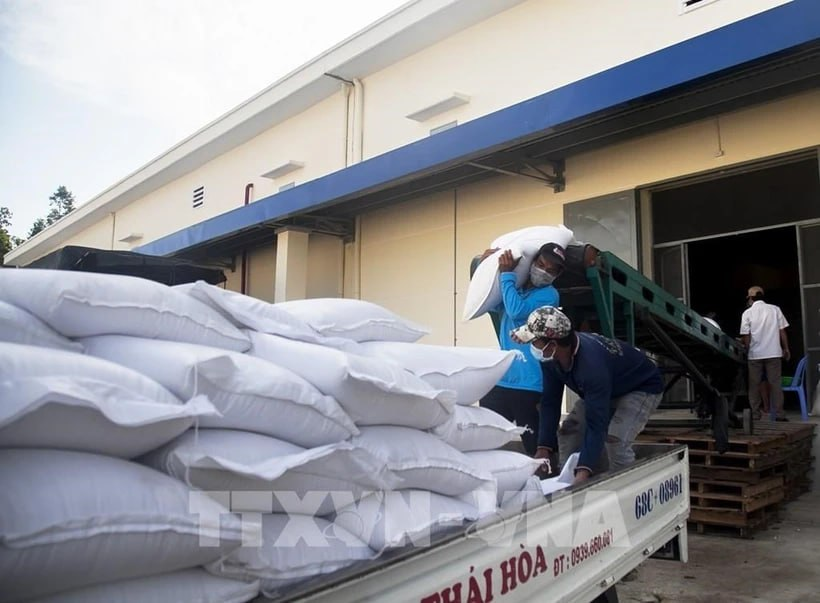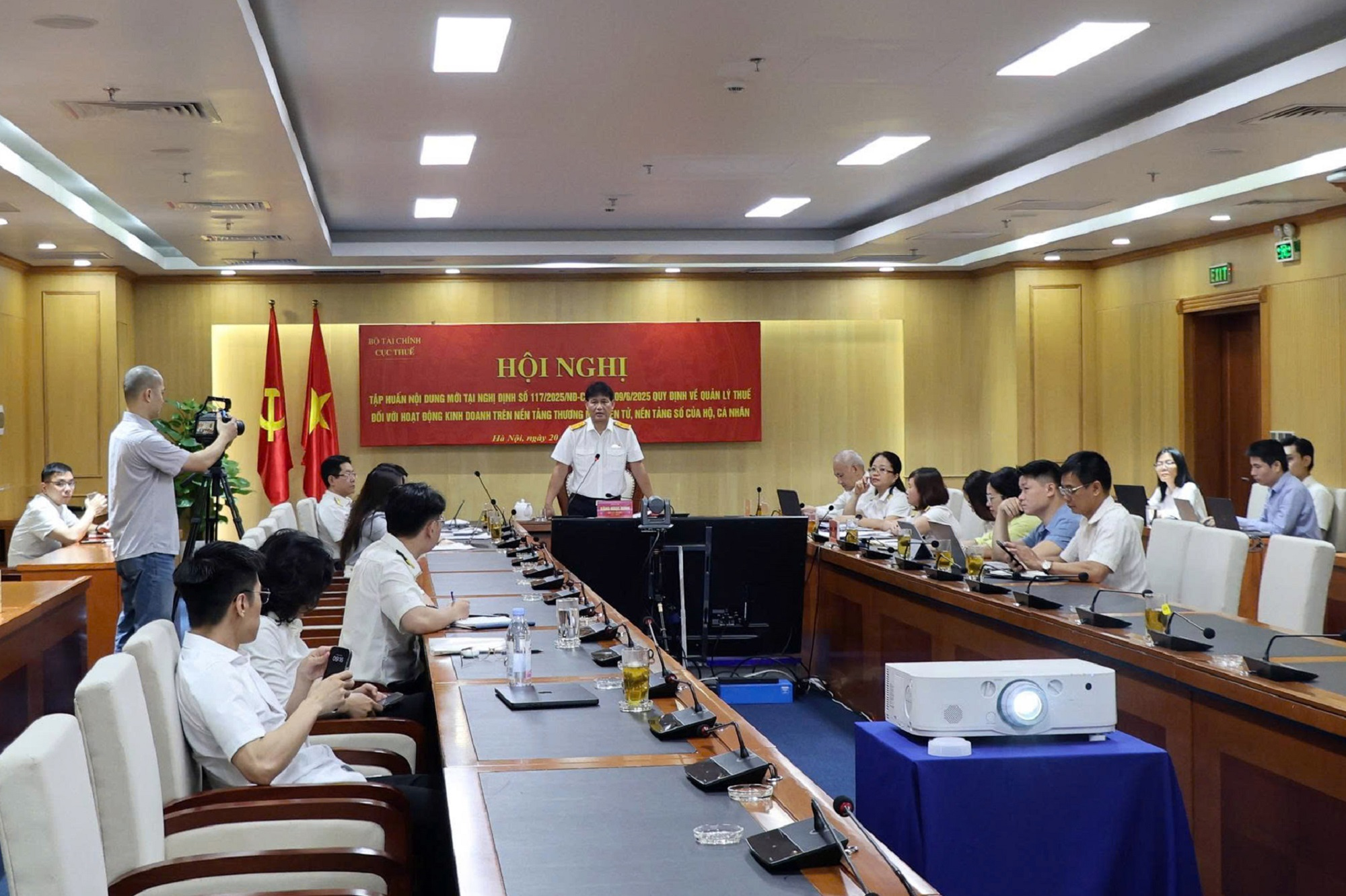Exploring the longstanding cultural tug-of-war between Thailand and Cambodia
Among neighboring Southeast Asian countries, few have experienced as heated
and enduring a cultural conflict as Thailand and Cambodia. While they share historical
and cultural ties, these have often become sources of tension. From the Preah Vihear
temple dispute to widespread online debates about the origins of the shared cultural heritage,
this tug-of-war has persisted for decades.
Even though state-to-state relations between the two countries appear friendly and cordial,
people-to-people relations tell a different story. This is largely because each side insists that
their respective countries are the origin of some aspect of culture, ranging from martial arts to
traditional dance and costumes. One such conflict erupted during the 2023 SEA Games in Cambodia,
where the host country dropped Muay Thai and replaced it with its own version, Kun Khmer, as an
official sport, sparking outcry from the Thai side.
The cultural rivalry between the two nations is merely the tip of the iceberg. It has often been assumed
that history is a significant driving force behind the phenomenon, but how much does it truly shape the
perceptions on both sides? Is there any other underlying cause behind it? And how do
Thais and Cambodians perceive this issue?
Citizen perspectives on the cultural dispute
Saouch, a Cambodian NGO worker, revealed that the root causes of these sensitivities are that “many
Cambodians feel deeply about the historical misrepresentation and lack of recognition from their Thai
counterparts regarding Khmer elements integrated into Thai culture. Many also fear that their culture and
Khmer identity could be lost. Thus it leads to heated debates on social media.”
Meanwhile, a 26-year-old Thai Master’s student interested in Southeast Asia observed that the education
system in Thailand largely fails to teach Thai people to embrace diversity or even to get to know neighboring countries.
Despite these challenges, Thibodi remarked that Thailand and Cambodia have shared interests that can foster collaboration.
Economically, the two countries rely on each other. Thailand exports significantly more to Cambodia than it imports,
while Thailand also depends heavily on Cambodian labor. No matter what, both sides must rely on and interact with each other.
The 26-year-old Thai Master’s student said that as neighbors, Thais cannot deny the relationship both countries
have had and will continue to have, no matter how much some Thai citizens might be dissatisfied.
“Cambodians know and are familiar with Thai people more than Thai people know them, and they appreciate Thai people.
Thai people are the ones who should get to know them more.”


